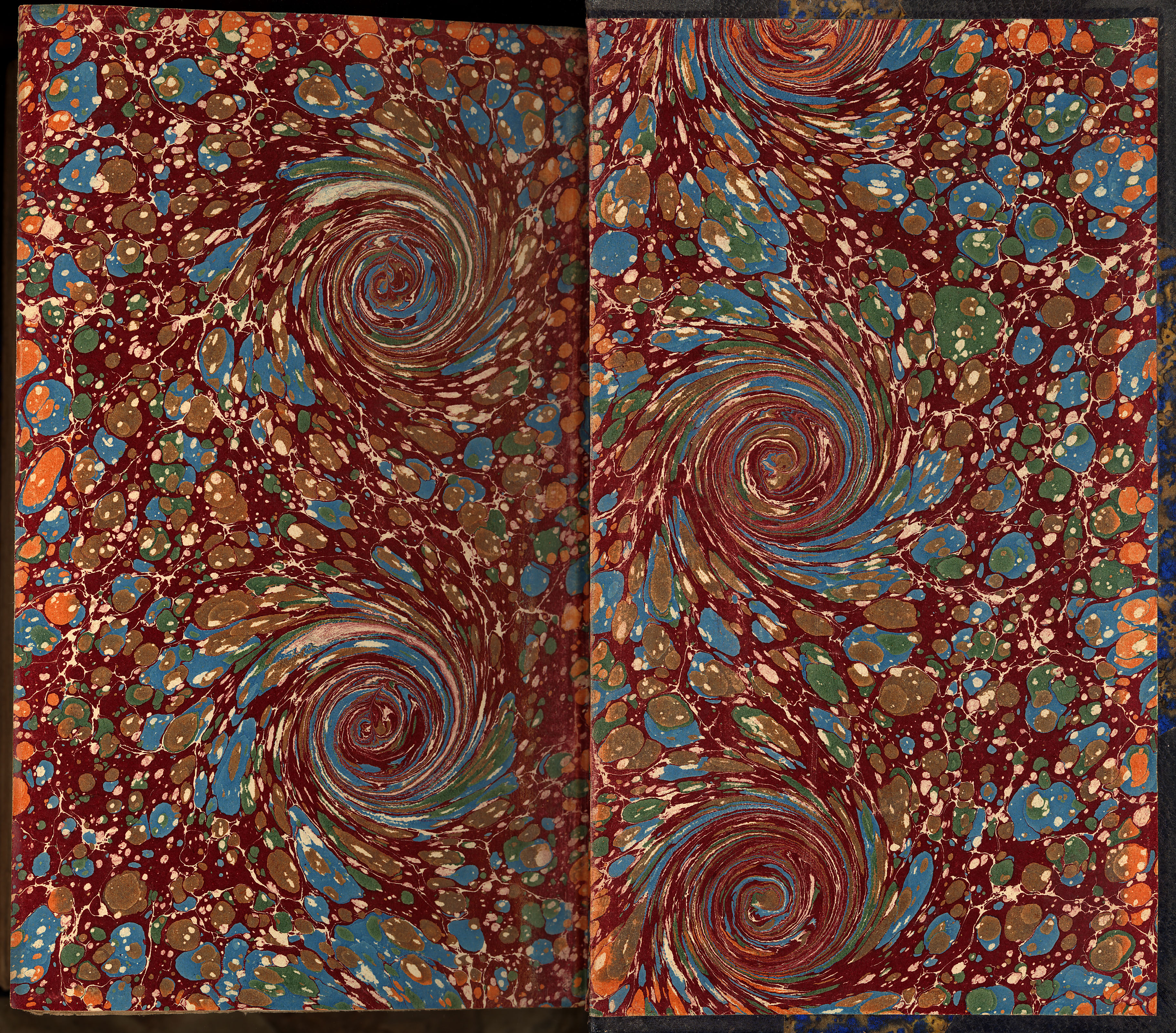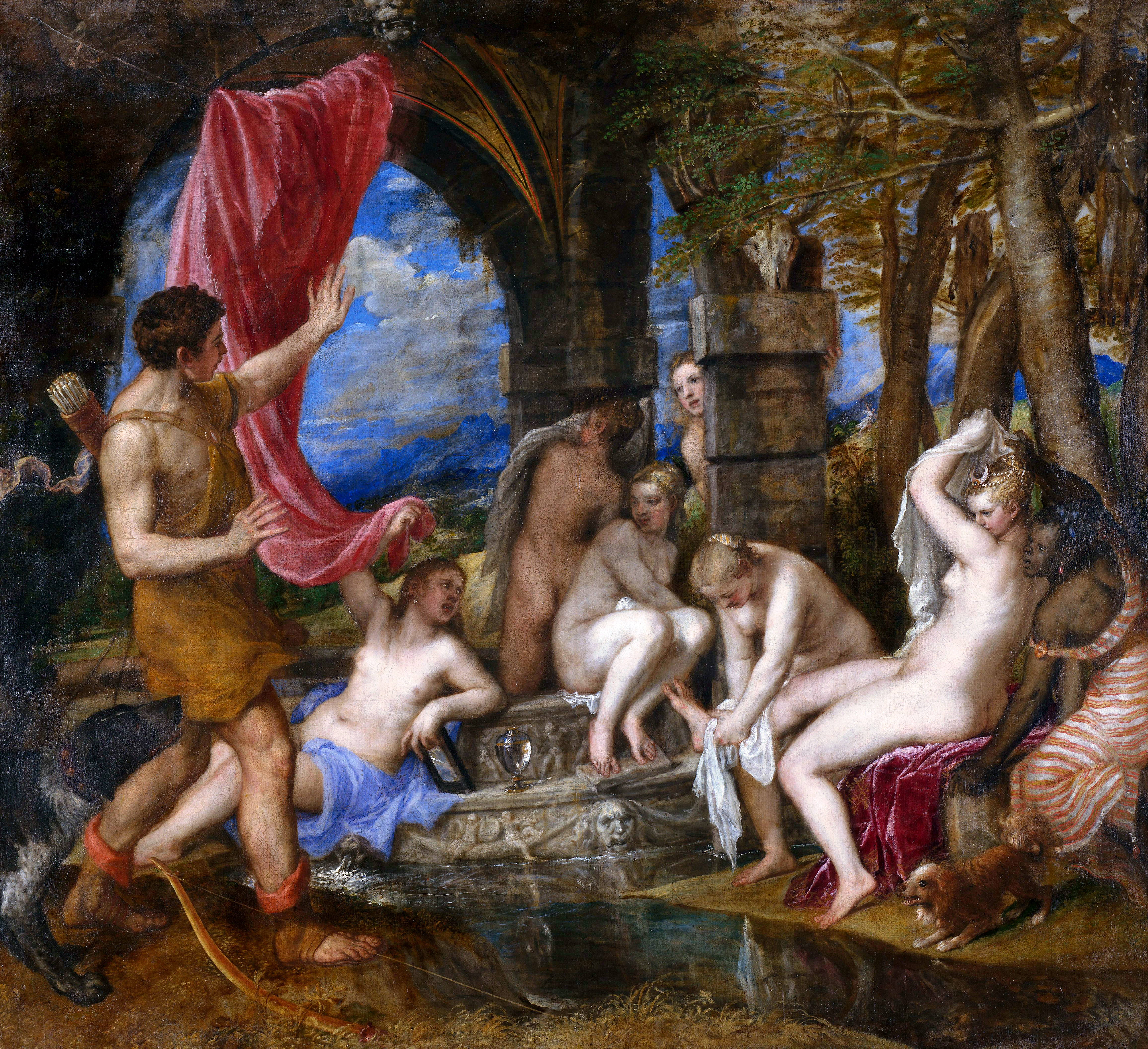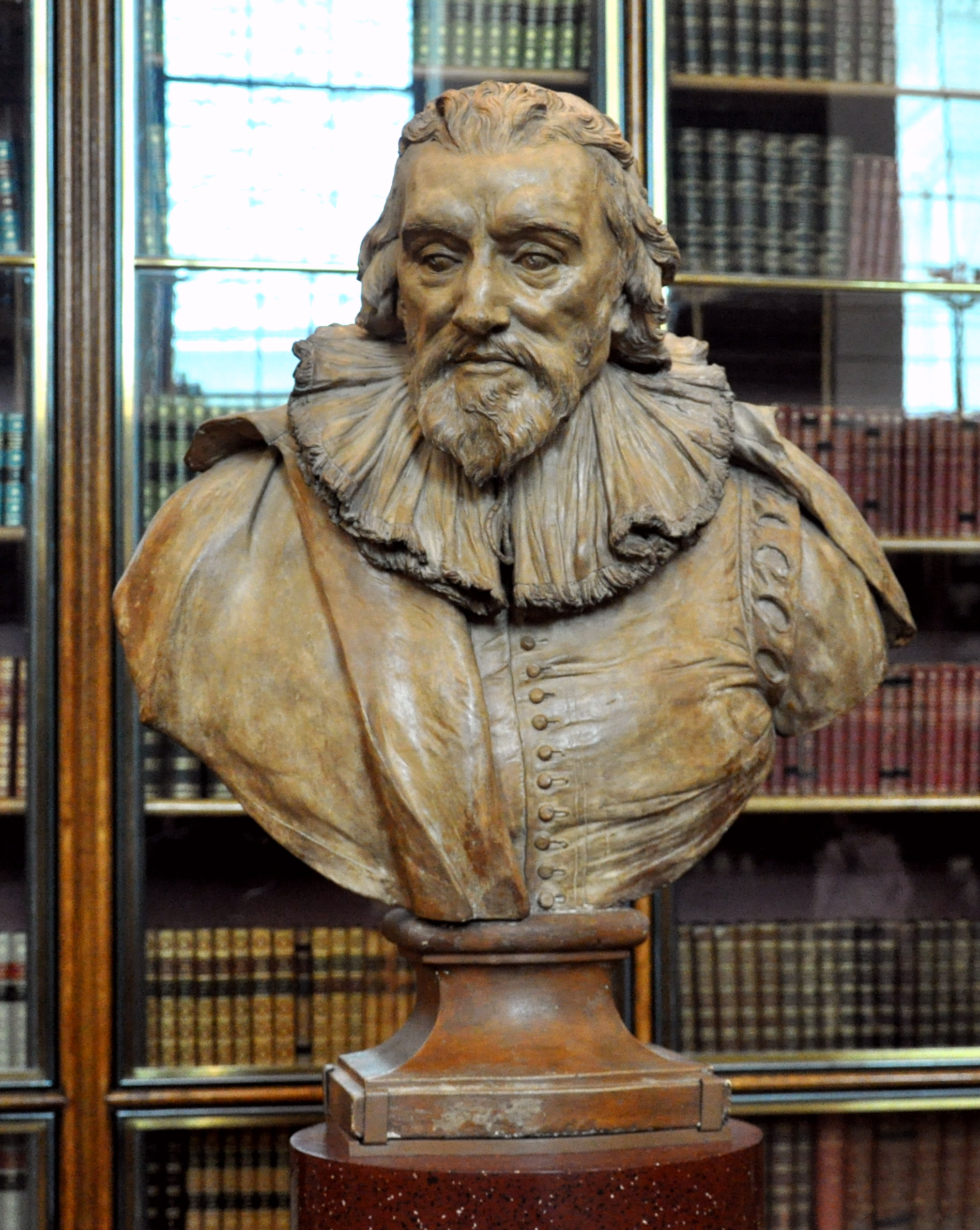|
Shelfmark
A shelfmark is a mark in a book or manuscript that denotes the cupboard or bookcase where it is kept as well as the shelf and possibly even its location on the shelf. The closely related term pressmark (from press, meaning cupboard) denotes only the cupboard or case. It is distinct from a call number, which is the code under which a book or manuscript is registered and which is used to identify it when ordering it. Sometimes a shelfmark or pressmark may be used as a call number, but in other cases the call number contains no information about the book's physical location. In certain American institutions, shelfmark and call number are combined to create a long code containing information on location, classification, size, binding, author and date.Peter Beal (ed.), ''A Dictionary of English Manuscript Terminology, 1450–2000'' (Oxford University Press, 2008), s.v"shelf-mark" [...More Info...] [...Related Items...] OR: [Wikipedia] [Google] [Baidu] |
Call Number
A library classification is a system used within a library to organize materials, including books, sound and video recordings, electronic materials, etc., both on shelves and in catalogs and indexes. Each item is typically assigned a call number, which identifies the location of the item within the system. Materials can be arranged by many different factors, typically in either a hierarchical tree structure based on the subject or using a faceted classification system, which allows the assignment of multiple classifications to an object, enabling the classifications to be ordered in many ways. Description Library classification is an important and crucial aspect in library and information science. It is distinct from taxonomy (general), scientific classification in that it has as its goal to provide a useful ordering of documents rather than a theoretical organization of knowledge. Although it has the practical purpose of creating a physical ordering of documents, it does gene ... [...More Info...] [...Related Items...] OR: [Wikipedia] [Google] [Baidu] |
Pastedown
The endpapers or end-papers of a book (also known as the endsheets) are the Page (paper), pages that consist of a double-size sheet folded, with one half pasted against an inside cover (the pastedown), and the other serving as the first free page (the free endpaper or flyleaf). Thus, the front endpapers precede the title page and the text, whereas the back endpapers follow the text. Booksellers sometimes refer to the front endpaper as FEP. Before mass printing in the 20th century, it was common for the endpapers of books to have paper marbling. Sometimes the endpapers are used for maps or other relevant information. They are the traditional place to put bookplates, or an owner's inscription. There are many styles of endsheets or endpapers that are specifically designed for use with different bindings. For example, endsheets reinforced with cloth are used in Bookbinding#Stitched or sewn binding, sewn bindings. The cloth holds the stitches and prevents the paper from perforati ... [...More Info...] [...Related Items...] OR: [Wikipedia] [Google] [Baidu] |
Provenance
Provenance () is the chronology of the ownership, custody or location of a historical object. The term was originally mostly used in relation to works of art, but is now used in similar senses in a wide range of fields, including archaeology, paleontology, archival science, circular economy, economy, computing, and Scientific method, scientific inquiry in general. The primary purpose of tracing the provenance of an object or entity is normally to provide contextual and circumstantial evidence for its original production or discovery, by establishing, as far as practicable, its later history, especially the sequences of its formal ownership, custody and places of storage. The practice has a particular value in helping Authentication, authenticate objects. Comparative techniques, expert opinions and the results of scientific tests may also be used to these ends, but establishing provenance is essentially a matter of documentation. The term dates to the 1780s in English. Provenance ... [...More Info...] [...Related Items...] OR: [Wikipedia] [Google] [Baidu] |
Cave Beck's Fore-edge Shelfmark System
Caves or caverns are natural voids under the Earth's surface. Caves often form by the weathering of rock and often extend deep underground. Exogene caves are smaller openings that extend a relatively short distance underground (such as rock shelters). Caves which extend further underground than the opening is wide are called endogene caves. Speleology is the science of exploration and study of all aspects of caves and the cave environment. Visiting or exploring caves for recreation may be called ''caving'', ''potholing'', or ''spelunking''. Formation types The formation and development of caves is known as ''speleogenesis''; it can occur over the course of millions of years. Caves can range widely in size, and are formed by various geological processes. These may involve a combination of chemical processes, erosion by water, tectonic forces, microorganisms, pressure, and atmospheric influences. Isotopic dating techniques can be applied to cave sediments, to determine the time ... [...More Info...] [...Related Items...] OR: [Wikipedia] [Google] [Baidu] |
Middle Ages
In the history of Europe, the Middle Ages or medieval period lasted approximately from the 5th to the late 15th centuries, similarly to the post-classical period of global history. It began with the fall of the Western Roman Empire and transitioned into the Renaissance and the Age of Discovery. The Middle Ages is the middle period of the three traditional divisions of Western history: classical antiquity, the medieval period, and the modern period. The medieval period is itself subdivided into the Early, High, and Late Middle Ages. Population decline, counterurbanisation, the collapse of centralised authority, invasions, and mass migrations of tribes, which had begun in late antiquity, continued into the Early Middle Ages. The large-scale movements of the Migration Period, including various Germanic peoples, formed new kingdoms in what remained of the Western Roman Empire. In the 7th century, North Africa and the Middle East—once part of the Byzantine Empire� ... [...More Info...] [...Related Items...] OR: [Wikipedia] [Google] [Baidu] |
Greek Alphabet
The Greek alphabet has been used to write the Greek language since the late 9th or early 8th century BC. It was derived from the earlier Phoenician alphabet, and is the earliest known alphabetic script to systematically write vowels as well as consonants. In Archaic Greece, Archaic and early Classical Greece, Classical times, the Greek alphabet existed in Archaic Greek alphabets, many local variants, but, by the end of the 4th century BC, the Ionia, Ionic-based Euclidean alphabet, with 24 letters, ordered from alpha to omega, had become standard throughout the Greek-speaking world and is the version that is still used for Greek writing today. The letter case, uppercase and lowercase forms of the 24 letters are: : , , , , , , , , , , , , , , , , , , , , , , , The Greek alphabet is the ancestor of several scripts, such as the Latin script, Latin, Gothic alphabet, Gothic, Coptic script, Coptic, and Cyrillic scripts. Throughout antiquity, Greek had only a single uppercas ... [...More Info...] [...Related Items...] OR: [Wikipedia] [Google] [Baidu] |
Astrological Sign
In Western astrology, astrological signs are the twelve 30-degree sectors that make up ecliptic, Earth's 360-degree orbit around the Sun. The signs enumerate from the first day of spring, known as the First Point of Aries, which is the Equinox (celestial coordinates), vernal equinox. The astrological signs are Aries (astrology), Aries, Taurus (astrology), Taurus, Gemini (astrology), Gemini, Cancer (astrology), Cancer, Leo (astrology), Leo, Virgo (astrology), Virgo, Libra (astrology), Libra, Scorpio (astrology), Scorpio, Sagittarius (astrology), Sagittarius, Capricorn (astrology), Capricorn, Aquarius (astrology), Aquarius, and Pisces (astrology), Pisces. The Western zodiac originated in Babylonian astrology, and was later influenced by the Hellenistic astrology, Hellenistic culture. Each sign was named after a constellation planets in astrology, the sun annually moved through while crossing the sky. This observation is emphasized in the simplified and popular sun sign astrology. Ove ... [...More Info...] [...Related Items...] OR: [Wikipedia] [Google] [Baidu] |
Cotton Library
The Cotton or Cottonian library is a collection of manuscripts that came into the hands of the antiquarian and bibliophile Sir Robert Bruce Cotton MP (1571–1631). The collection of books and materials Sir Robert held was one of the three "foundation collections" of the British Museum in 1753. It is now one of the major collections of the Department of Manuscripts of the British Library. Cotton was of a Shropshire family who originated near Wem and were based in Alkington and employed by the Geneva Bible publisher, statesman and polymath Sir Rowland Hill in the mid 16th century. After the Dissolution of the Monasteries, many priceless and ancient manuscripts that had belonged to the monastic libraries began to be disseminated among various owners, many of whom were unaware of the cultural value of the manuscripts. Cotton's skill lay in finding, purchasing and preserving these ancient documents. The leading scholars of the era, including Francis Bacon, Walter Raleigh, and J ... [...More Info...] [...Related Items...] OR: [Wikipedia] [Google] [Baidu] |
Sir Robert Cotton, 1st Baronet, Of Connington
Sir Robert Bruce Cotton, 1st Baronet (22 January 1570/71 – 6 May 1631) of Conington Hall in the parish of Conington, Huntingdonshire, Conington in Huntingdonshire, England,Kyle, Chris & Sgroi was a Member of Parliament and an antiquarian who founded the Cotton library. Origins Sir Robert Cotton was born on 22 January 1571 in Denton, Cambridgeshire, Denton, Huntingdonshire, the son and heir of Thomas Cotton (1544–1592) of Conington (son of Thomas Cotton of Conington, Sheriff of Cambridgeshire and Huntingdonshire in 1547) by his first wife, Elizabeth Shirley, a daughter of Francis Shirley of Staunton Harold, Leicestershire. The Cotton family originated at the manor of Cotton, Cheshire, from where they took their surname. They were prominent in Shropshire by the 16th century with centres of power at Alkington, Shropshire, Alkington and Norton in Hales where a member of the family, Rowland Cotton, gave one of the first architectural commissions to Inigo Jones. The family was cl ... [...More Info...] [...Related Items...] OR: [Wikipedia] [Google] [Baidu] |
Cave Beck
Cave Beck (1623 – 1706) was an England, English schoolmaster and clergyman, the author of ''The Universal Character'' (published in London, 1657) in which he proposed a universal language based on a numerical system. Life Beck was born in London in 1623, the son of John Beck, a baker (or perhaps an inn-keeper or brewer)in the parish of St. John, Clerkenwell. He was educated in a private school in London run by a Mr. Braithwayte, and on 13 June 1638 was admitted as a pensioner of St. John's College, Cambridge. He took the degree of Bachelor of Arts, B.A. in 1642, and then enrolled as a trainee lawyer at Gray's Inn, London on 1 August 1642., but does not appear to have gained any legal qualifications. In 1643, he was to be found in Oxford, where Charles I of England, King Charles I had formed his headquarters during the English Civil War. As a result of royal patronage, he was awarded a degree as Master of Arts, M.A., on 17 October 1643. Beck was master of Ipswich School, Ipsw ... [...More Info...] [...Related Items...] OR: [Wikipedia] [Google] [Baidu] |





